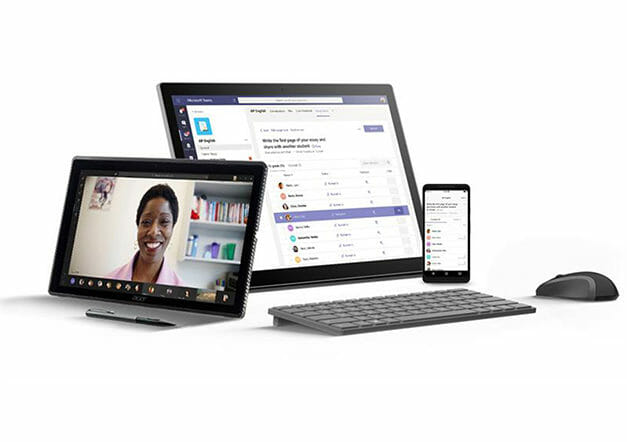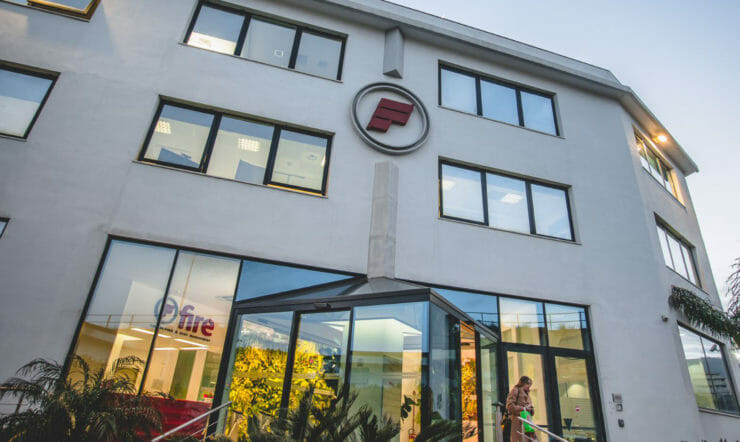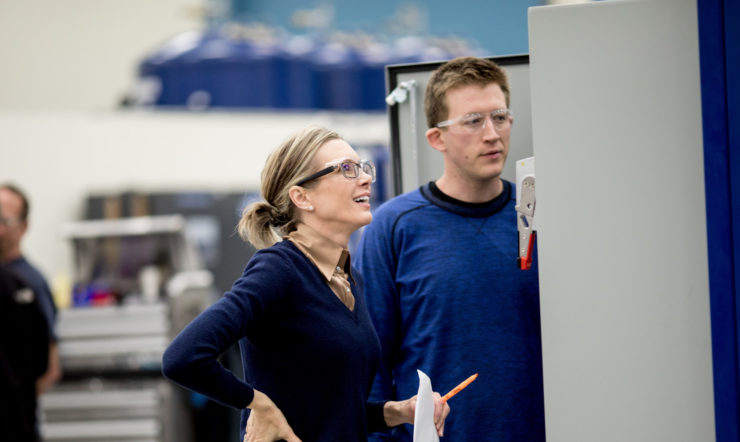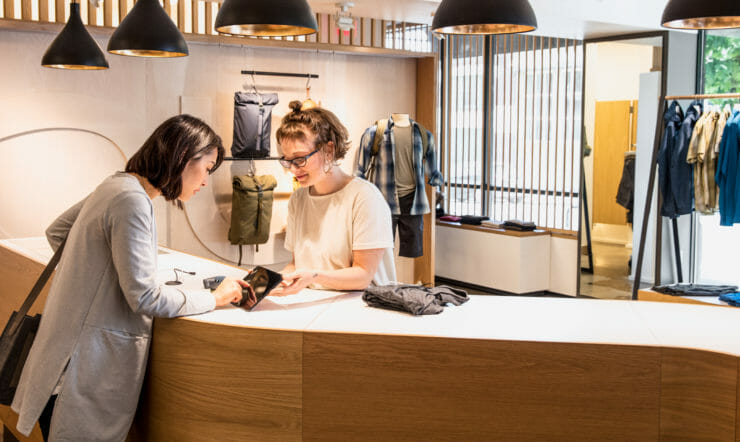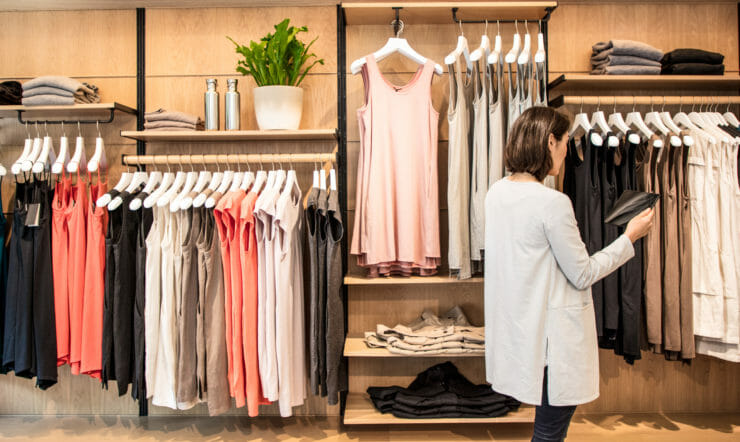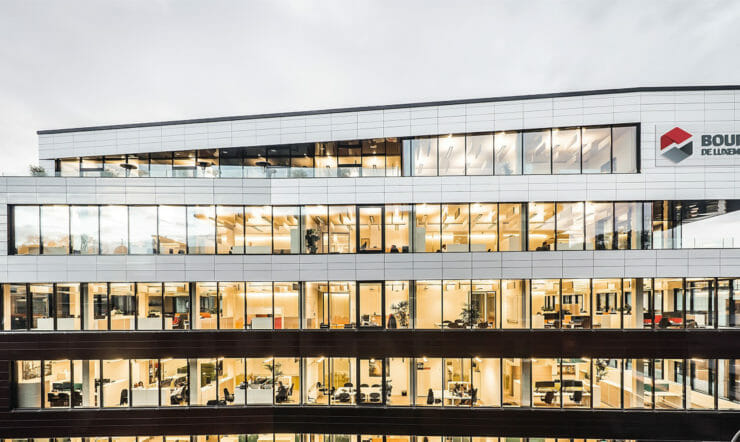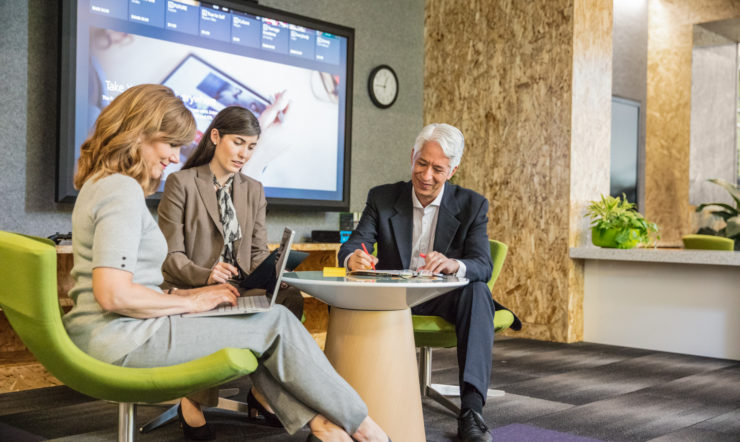With Microsoft Azure as a cloud service, SML-IT only pays for the resources used. “We don’t have to have an expensive server hall in a basement in Lysekil. In addition, we are better protected with Azure,” says Anders Siljeholm, IT Manager.
Twelve years ago, Sotenäs, Munkedal and Lysekil began working together to create a common IT infrastructure across municipal borders. Anders Siljeholm is the IT manager for SML-IT, as the collaboration is called. “We constantly want to be at the forefront and have jumped on new Microsoft tools early on. Now we are at the forefront of Microsoft Azure,” he says.
Last spring, they worked on a procurement with another company for a cloud solution. But in July, new legislation came into force that allows personal data to be held in an American cloud service. “Then I cancelled the procurement immediately and said: Let’s go to Azure.”
There were several reasons why Anders Siljeholm felt strongly that Microsoft Azure was the right solution for their infrastructure in the cloud. “Azure is more cost-effective and flexible than its competitors’ IAAS (infrastructure-as-a-service). When I made the decision, I was also completely convinced that Microsoft has the security features that we need.

Safety is a big plus
Many municipalities may have felt doubtful about how secure it is to store sensitive personal data in an American cloud service. Anders Siljeholm never had those doubts. He explains: “People tend to think that if the server is in a basement in Lysekil, it is very secure. But it’s rather the opposite. We don’t have the resources that Microsoft has to secure data.
We joined NATO because the situation demanded it, and then we see no problem with American bombers in Luleå. But putting a Word document with little personal data in a cloud service is life-threatening. There is no logic in thinking like that.”
Anders Siljeholm fully trusts Microsoft. “Microsoft’s security declaration to customers is incredibly clear. “You own your data. We will never take your data.” Microsoft guarantees that the data does not leave the EU and has all the certifications in the new GDPR.
A major advantage of using Microsoft Azure as a cloud service is that SML-IT only pays for its use. If you don’t spend any resources, it doesn’t cost anything either – in contrast to having your own physical servers. “Having your own data center is like driving a bus between Munkedal and Lysekil with 60 seats. Halfway through, 40 people hop off, but the bus drives on with only 20 passengers, but with 40 empty seats. We still pay for all the seats. With Azure, it’s the other way around,” he says and continues: “We may have old patient records that we rarely need to use. But if someone needs to go in and look up such for such information, we can start the server via Microsoft Azure from the hour the person needs the information. Then the server has only cost an hour. “If we are to have a local server and keep it both secure and running, it takes an awful lot more resources.

Atea as a partner
When SML-IT started with Microsoft Azure’s IAAS, it received great help from Microsoft’s partner company Atea. Anders Siljeholm would particularly like to highlight how good Atea was as a partner during the starting phase. “They have built up expertise by having done this maybe 60 times before. We didn’t have to test our way around but got good help with the implementation. We have staff to run our IT, but if we have a lack of skills because we are in the recruitment phase, therefore it feels safe to be able to turn to Atea.
The work of moving all data to the cloud is progressing and will soon be completed. “We are making a one-to-one move as Microsoft charges according to how much resources we use. After the summer holidays, we will begin the actual optimization phase. We want to take advantage of the public cloud services that Azure offers, so that we can reduce costs even further.

How to get started with Microsoft Azure as a municipality:
Anders Siljeholm’s tips
- “Start with a risk and vulnerability analysis.”
- “Get the lead on board. Not only for them to agree, but also for them to understand that this is the way to go.”
- “Create a plan, a governance model, and clarify how you’re going to manage implementation and operations.”
- “Start moving from point A to point B. The cloud is really just someone else’s computer.”
- “Get a good partner. Talk to Microsoft. They can introduce you to partners for specific support. In our case, Microsoft partnered with Atea for them to help us.”








